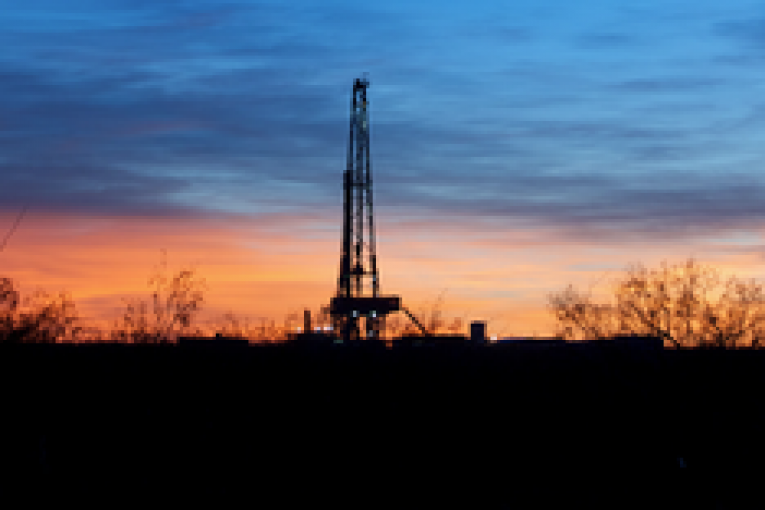
America’s most prolific shale drillers are accepting a fate once anathema to an industry obsessed with growth: Drilling just to ward off production drops.
The pandemic and subsequent plunge in crude prices has forced U.S. crude explorers to scrap plans to expand supplies amid investor skepticism toward the shale business model. For some of the biggest names in the Permian, that’s meant vowing restraint as long as oil lingers at levels too poor to justify a new boom.
The pledges also come on the heels of the worst crude crash in the 161-year history of the petroleum industry. Explorers are disclosing just how deeply their balance sheets were wounded by a quarter that included the heretofore unheard of phenomenon of negative prices.
“These guys have all just had a near-death experience,” said Raoul LeBlanc, an analyst at IHS Markit Ltd. “It will take some time to get themselves back in a a better position.”
Management teams chastened by crude’s precipitous fall below zero earlier this year are beginning to outline 2021 spending plans. Diamondback Energy Inc. said it’ll maintain oil output at this year’s level, which is expected to be dramatically lower than 2019. Concho Resources Inc. expressed similar intent last week.
“Certainly we’re not seeing any signals that growth is needed,” Travis Stice, chief executive officer Diamondback, said during a conference call on Tuesday. “Growth in today’s world is pretty much off the table.”
Centennial Resource Development Inc. declined on Tuesday to provide 2021 production guidance. In the fourth quarter, the explorer plans to employ just a single rig, a signal of little growth going into next year.
Callon Petroleum Co. slashed its production forecast for the year by about 15 per cent to the equivalent of about 100,000 barrels a day of oil and announced for 2021 a “maintenance capital” plan that includes no more than 95,000 barrels.
“Management believes that this program at current prices will yield meaningful additional free cash flow,” the company said in a statement announcing second-quarter results.
Drillers are focusing shrunken capital budgets on minimizing the steep output declines unique to shale wells, which start out as gushers before quickly declining to trickles. In a handful of cases, spending has been cut so dramatically that executives expect to generate positive cash flow despite enduring the most tumultuous year since the start of the U.S. shale boom.
“For most of my career, we would reinvest all our cash flow and then show our success by how much we could grow our production,” Concho CEO Tim Leach said last week. “Well, that’s not how it’s going to work in the future.”
U.S. oil production will likely end the year close to 10.1 million barrels a day, about 20 per cent lower than at the start, according to IHS. Production will only increase by 350,000 barrels per day next year, according to the firm’s analysts.
A moderation in growth had been anticipated as years of heavy borrowing took a toll on balance sheets and investors blanched at weak or non-existent returns. Supermajors Exxon Mobil Corp. and Chevron Corporation were expected to pick up the slack via ambitious growth plans to pump 1 million Permian barrels a day each by the middle of the decade.
But the pandemic threw all prognostications into disarray. Chevron is forecasting a seven per cent decline in its Permian production next year. Although Exxon didn’t provide a production outlook when it disclosed quarter results last week, the company indicated that its daily Permian output wouldn’t increase much beyond the current 345,000 barrels.
The scale of their pullback can be seen in the rig count. A year ago, the two supermajors were running about 70 rigs in the Permian. By the end of this year, that may fall to 14, according to executives from both companies.
Stagnant production probably isn’t a long-term goal, particularly if oil prices recover. Oil producers, particularly the independents, have struggled for years to strike the right balance between growing output and generating free cash.
“Obviously some level of growth versus the broader market is probably desirable,” Bank of America analyst Doug Leggate said during Concho’s second-quarter earnings call. “Just not 20 per cent, 25 per cent, 30 per cent.”
© 2020 Bloomberg L.P.
You can read more of the news on source
